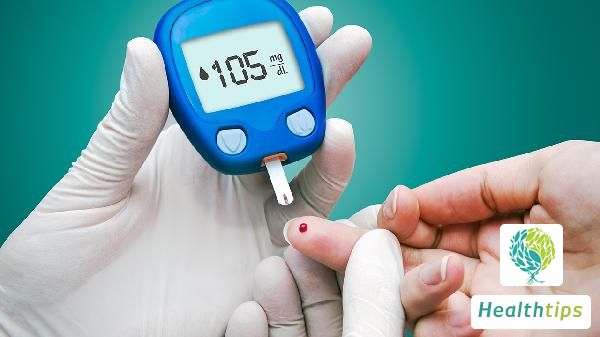What Are the Benefits of Jogging?
Easy jogging can enhance respiratory function, increase lung capacity, and improve ventilation capacity of the human body. During jogging, the oxygen supply is 8 to 12 times more than that during sitting. Oxygen is crucial for maintaining life activities in the human body, and the ability to absorb oxygen directly affects cardiopulmonary function. Generally speaking, the oxygen absorption capacity of the elderly is relatively low, and exercise can improve this capacity. Elderly people who practice jogging have a significantly higher maximum oxygen uptake not only than their sedentary peers but also than those who engage in moderate exercise.

Jogging can strengthen and thicken the myocardium, exercising and protecting the heart. The heart size and function of elderly individuals who have been jogging for years are not significantly different from those of 20-year-olds who do not participate in sports. This is because long-term exercise improves myocardial nutrition, making the myocardium developed and functional.
Jogging increases blood flow, enhances vascular elasticity, promotes blood circulation, eliminates blood stasis, and improves overall circulation. During jogging, coronary artery blood flow can increase by 10 times, reaching 1200 to 1400 milliliters per minute. People who consistently jog over the long term can reduce their resting heart rate to around 50-60 beats per minute, allowing the myocardium to rest for extended periods.
Jogging promotes overall metabolism, improves lipid metabolism, and prevents excessively high lipid levels in the blood. Elderly diseases such as coronary heart disease, hypertension, and arteriosclerosis are often related to lipid metabolism. Jogging can improve normal lipid metabolism, reduce cholesterol and triglyceride levels, and prevent or reduce the deposition of lipids like cholesterol on blood vessel walls, thereby helping to prevent and control elderly diseases like coronary heart disease and hypertension.
Jogging aids in weight control, prevents arteriosclerosis, regulates the excitement and inhibition of the cerebral cortex, and eliminates brain fatigue. It also generates low-frequency vibrations in the body, exercising the vascular smooth muscle, increasing vascular tension, and eliminating deposits on blood vessel walls through these vibrations. This helps prevent the accumulation of blood lipids on blood vessel walls, which is crucial for preventing and controlling arteriosclerosis and cardiovascular and cerebrovascular diseases.



















